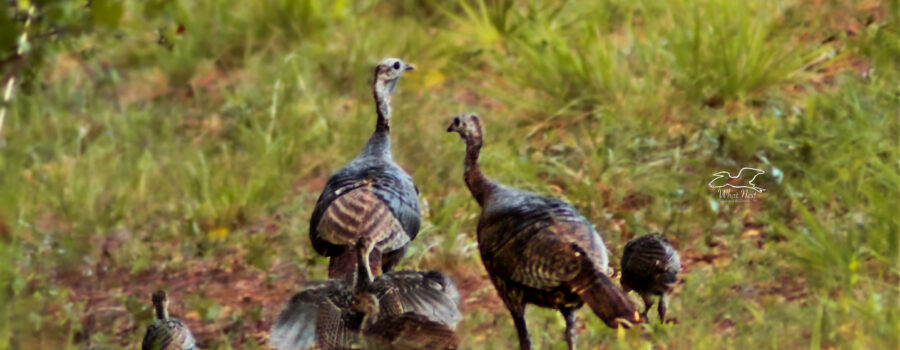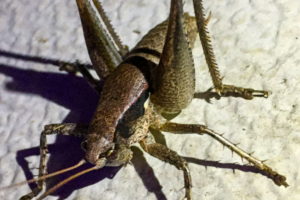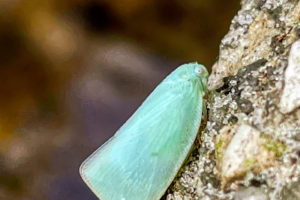Wild Turkeys Love Living in the Florida Woods

Wild turkeys are pretty common where I live, since we have a great environment for them. They tend to be very nervous birds, though, so getting good photos of them has been a challenge for me. Even when I’m in my truck (my rolling hide), if I stop, they tend to run. They have a lot of predators, so it’s not surprising that they are very wary. To get these images, I actually stopped my truck in the woods about 100 yards from where they often are. I walked quietly most of that way behind the trees. Then got down and crawled the last little bit. Even then, when the trees cleared and I was in the tall grass, one of the hens spotted me almost immediately. Luckily, they didn’t see me as so much of a threat being down on the ground and walked away instead of running, allowing a few quick shots.

Wild turkeys (Meleagris gallopavo) can be found in all the states in the United States except Alaska. They can also be found in much of southern Canada to the north, and throughout Mexico to the south. In fact, the ancestors of the wild turkey came from Mexico. There are six subspecies of wild turkey. Here in Florida we have two of them. The eastern wild Turkey (Meleagris gallopavo silvestris) can be found in most of the eastern United States and the very northern part of Florida. The rest of Florida is home to the Osceola wild turkey (Meleagris gallopavo osceola), which is what this little family is. Throughout their range they are sedentary, and do not migrate. They tend to be ground dwelling birds, but they are capable of flight, especially when frightened. They mainly feed on nuts like acorns, grasses, grass seeds, and berries, but they will also eat insects, salamanders, and small snakes or lizards. They are generally found in mature wooded areas with mixed hardwoods and conifers. Around here, they are frequently seen in the oak forests, the pine flatwoods, and in planted pines. They prefer some underbrush, but not so much that they can’t move around freely.

Male turkeys, called toms, will breed multiple females during the breeding season. They do not share any of the rearing of the poults with the hens, but hens often band together to raise their poults as a group. Poults will usually stay with their group until the following breeding season. After she is bred, a hen turkey makes a crude nest on the ground and lays 10-17 eggs. The incubation period is about 30 days. The poults are precocial, and leave the nest within a day. Poult mortality is fairly high, especially within the first few weeks, since turkeys have many predators. Even with that high mortality rate, though, they are a species that has done well with some management. In the early 1900’s their populations had dropped significantly, mainly due to over hunting and habitat loss. Once management practices were implemented, however, the populations have rebound well and they are currently a species of least concern.





Recent Comments